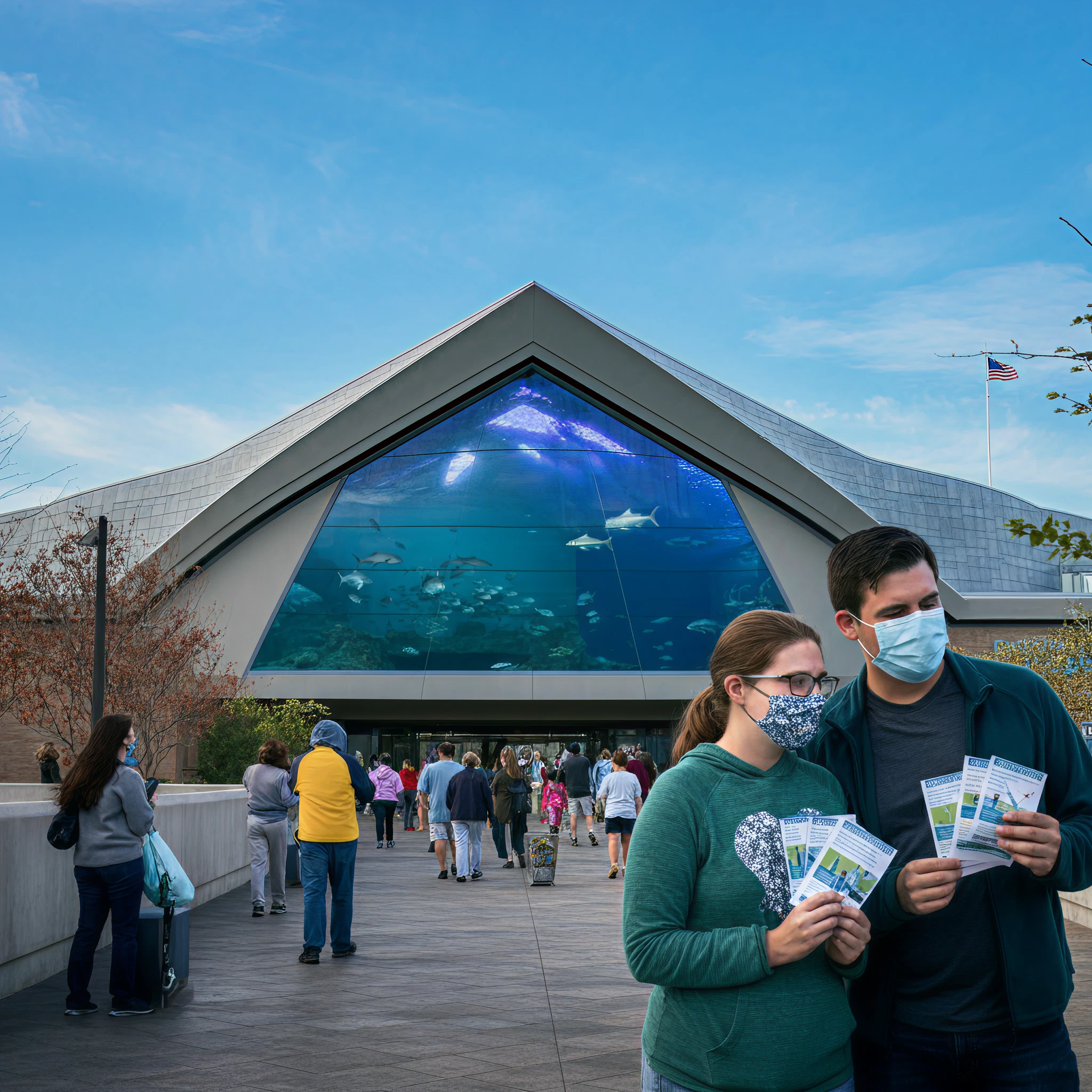Health officials have issued a measles exposure warning for visitors at the St. Louis Aquarium following a confirmed case from an out-of-town individual. This case, reported by the Missouri Department of Health and Senior Services (DHSS), highlights concerns as measles, a highly contagious illness, can spread rapidly among communities, particularly those under-immunized.
Timeline of Events
The individual with measles visited the St. Louis Aquarium on Wednesday, April 30, between 1 p.m. and 6 p.m., and also dined at a nearby unspecified restaurant. While detailed information about their visit remains limited, public health officials are urging anyone who visited those places during the same period to remain vigilant and monitor for symptoms.
What to Look For
Measles symptoms typically appear 7 to 14 days after exposure and start with:
- High fever
- Cough
- Runny nose
- Red, watery eyes
Within two to three days, small white spots may develop inside the mouth, followed by a rash that spreads from the hairline to the rest of the body. Those at higher risk of complications include children under 5, pregnant women, adults over 20, and individuals with weakened immune systems. Measles complications can lead to pneumonia, brain swelling, hospitalization, and in some cases, death.
What to Do If You Think You Were Exposed
DHSS is urging exposed individuals, especially those who are immunocompromised, pregnant, or the parents of unvaccinated children, to:
- Contact Healthcare Providers: Notify your doctor or local health department before visiting to ensure proper precautions are taken to limit further exposure.
- Monitor Symptoms: Watch for any signs of measles over the next two weeks. If you develop symptoms, seek medical attention immediately.
The St. Louis Department of Health is available to provide assistance. If needed, they can be reached at 314-612-5100 or via email at [email protected].
Prevention Measures
Measles has been largely eradicated in the United States thanks to vaccination efforts, but outbreaks can occur due to imported cases spreading in under-vaccinated areas. The best protection is the MMR (measles, mumps, and rubella) vaccine, which is over 97% effective after two doses.
The Centers for Disease Control and Prevention (CDC) recommends:
- Children receive their first dose of the MMR vaccine at 12–15 months and a second dose at 4–6 years.
- Unvaccinated adults can receive a “catch-up” vaccination to ensure immunity.
Preventive action is especially critical given that measles is so contagious that one infected person can spread it to 9 out of 10 unvaccinated individuals nearby.
A Regional Response
Dr. Mati Hlatshwayo Davis, Director of Health for the City of St. Louis, emphasized the importance of coordinated efforts, thanking the Missouri DHSS and Pandemic Task Force for their collaboration. “Preparedness is key to combating potential outbreaks, and our partnership ensures an aligned and effective response,” Dr. Davis said in a statement.
A Reminder of Measles’ Infectiousness
Despite being declared eliminated in the U.S. decades ago, measles remains a threat due to unvaccinated travelers who inadvertently import the virus. The incident at the St. Louis Aquarium serves as a reminder of the importance of vaccination and vigilance to protect public health.
Health authorities will continue to monitor for further potential exposures and work to contain any risk to the community. Visitors who suspect any exposure are encouraged to report symptoms and follow the precautionary measures outlined above.
For more information and resources on measles, visit the CDC’s measles page or contact your local health department. Stay alert, stay informed, and prioritize vaccination to safeguard yourself and your community against preventable diseases.








